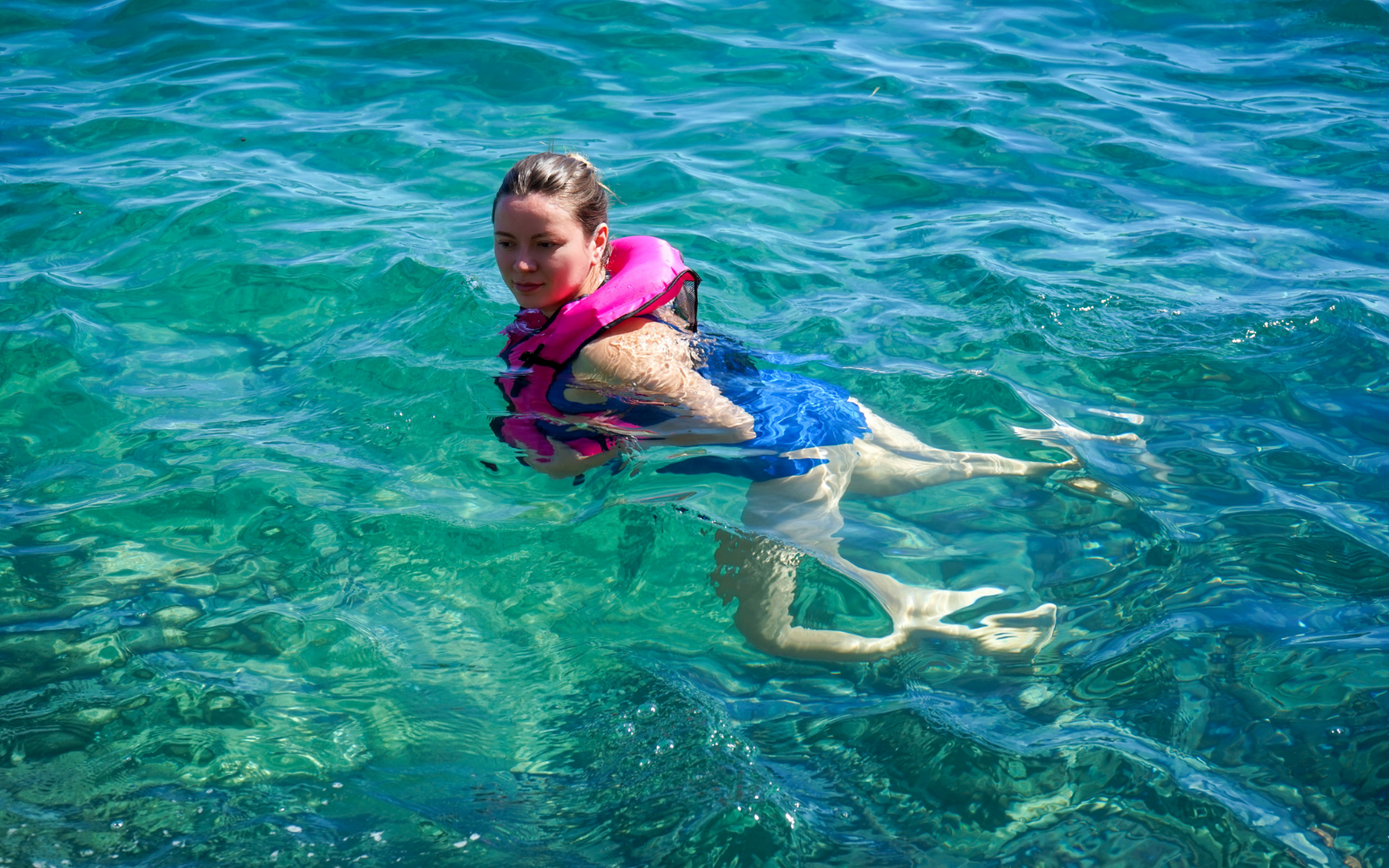
The right way to deal with currents when snorkeling
Snorkeling is a safe and exciting hobby and is not considered a high-risk sport. However, always be aware of currents as they can carry you far away. What to pay attention to, we explain in this article.
If you forget the time and place – and get carried away
Once you've gotten into the right flow while snorkeling and have fully immersed yourself in the underwater world, it can happen quickly that you lose track of time and place. Following a coral reef or a school of fish, you can easily drift away from your starting point without even noticing it.
But even if you're just floating calmly at the surface of the water, leisurely observing life underwater, you might still be moving. Whether in the sea or in a lake, water never stands still, and there are always currents. These can range from very weak to very strong. Even slight currents can carry you over time, so you may end up at a completely different location than planned.
There are basically four different types of currents, which are classified based on their origin. This origin can be the wind, tides, wave breaking, or heat exchange in the water, with the Gulf Stream being the most well-known heat exchange current.
Tips for dealing with currents
Especially in calm water, you can float on the water for hours and observe the underwater world. With all the calm, relaxation, and fascination, it can quickly happen that you get caught in a current without even noticing it. Here are a few tips to help you deal with potential currents:
Keep lifting your head occasionally
As fascinating as it may be underwater, it's recommended to lift your head above the water every now and then. This way, you can orient yourself and keep track of your position. This gives you the chance to correct your position and stay close to your starting point.
A life jacket gives you light buoyancy
We’re not talking about a life jacket, but rather an inflatable vest. This is very lightweight and barely noticeable. The advantage is that you can quickly inflate such life jackets with just a few breaths. So, if you get caught in a current and are carried away, this vest will support you and ensure you can cover the longer distance easily.
Learn how to drain your snorkel
Especially when the current is caused by strong waves, it’s unavoidable that you'll get splashed by one or another wave. This always leads to water entering your snorkel. Therefore, it’s important to know how to blow water out of your snorkel. With a little practice, this is no big deal and will greatly improve your snorkeling experience when you encounter waves.
Exit the current sideways
If you notice that you're being carried away by the current, don’t try to swim against it. This wastes unnecessary energy and tires you out. Instead, it’s better to exit the current channel sideways, at a right angle. Currents or so-called current channels are usually only a few meters wide, and once you're out, you can freely move in any direction you want.


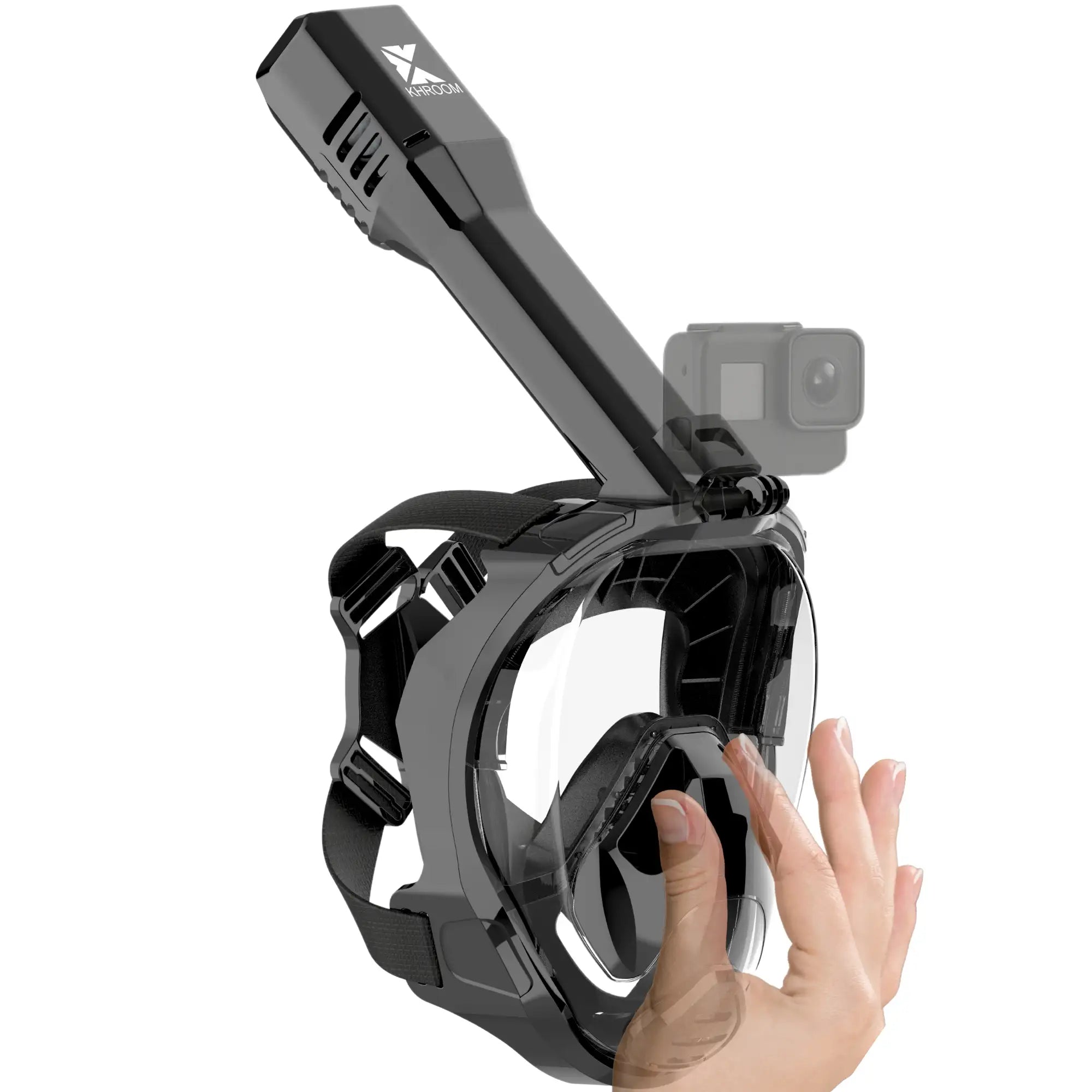
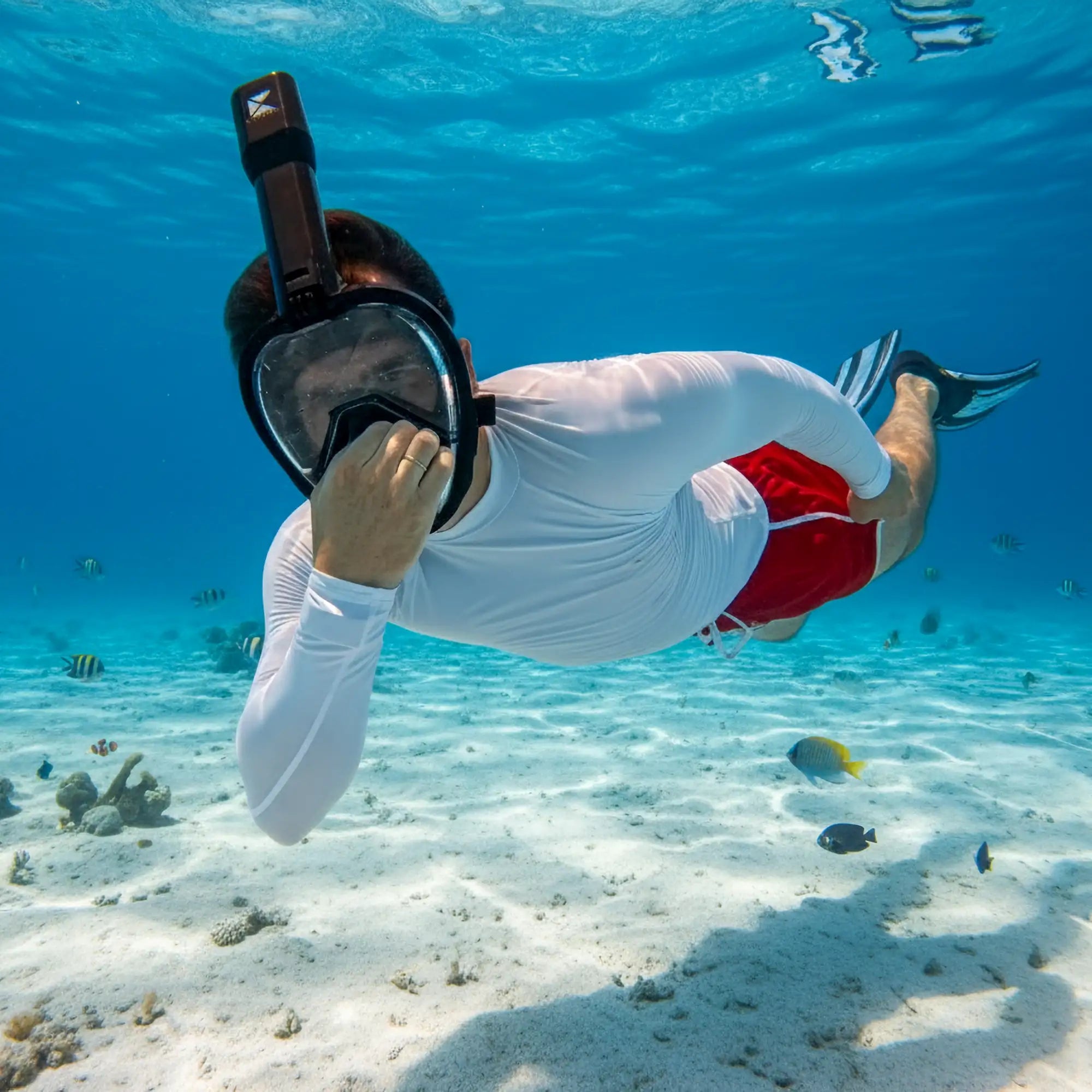
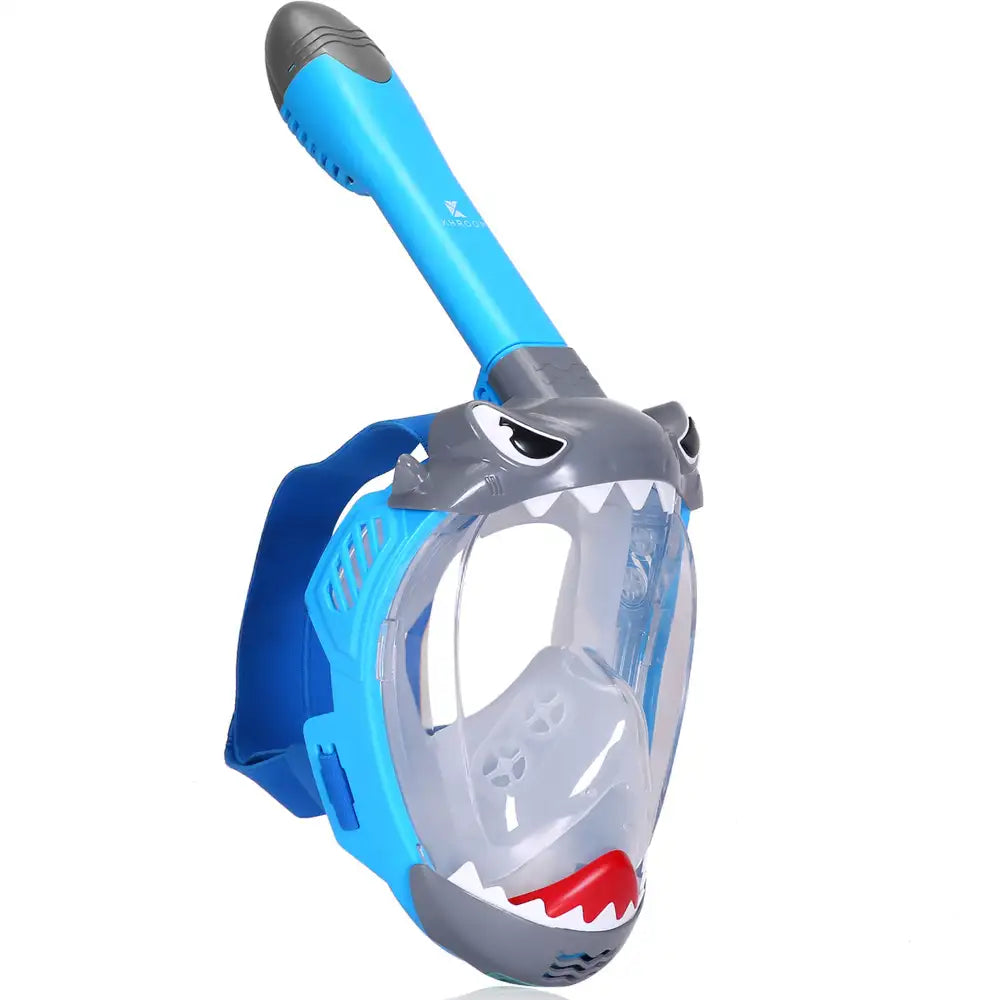
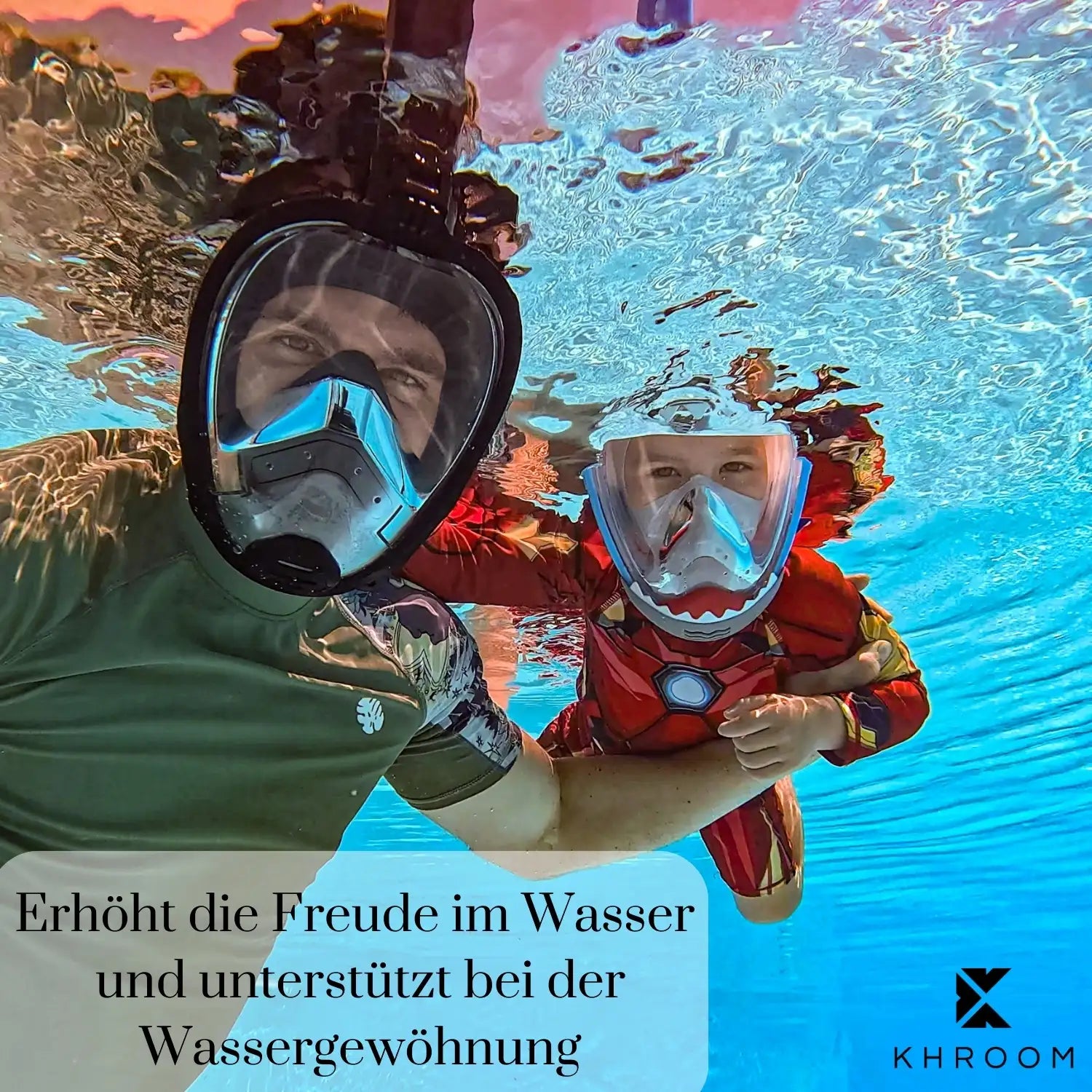
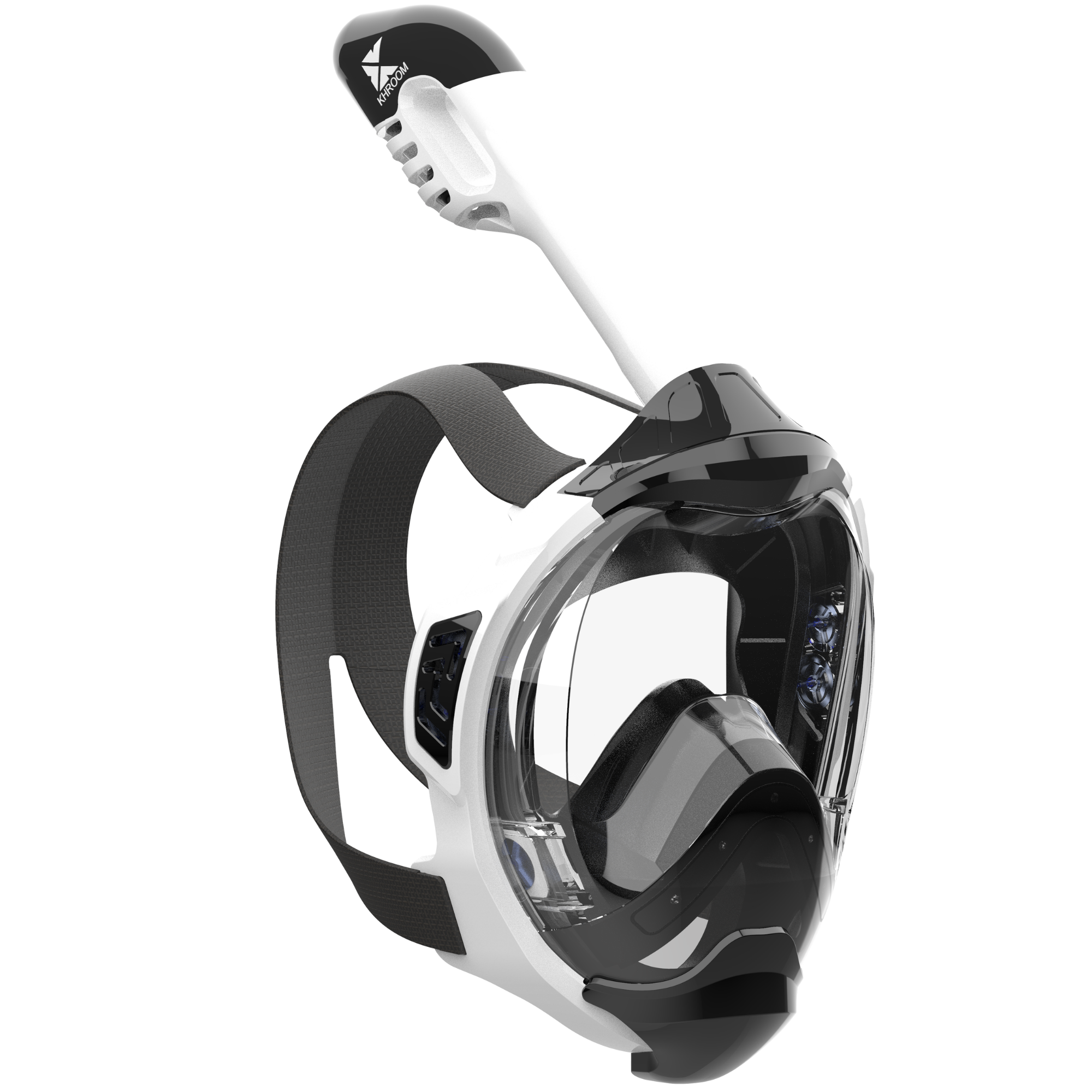

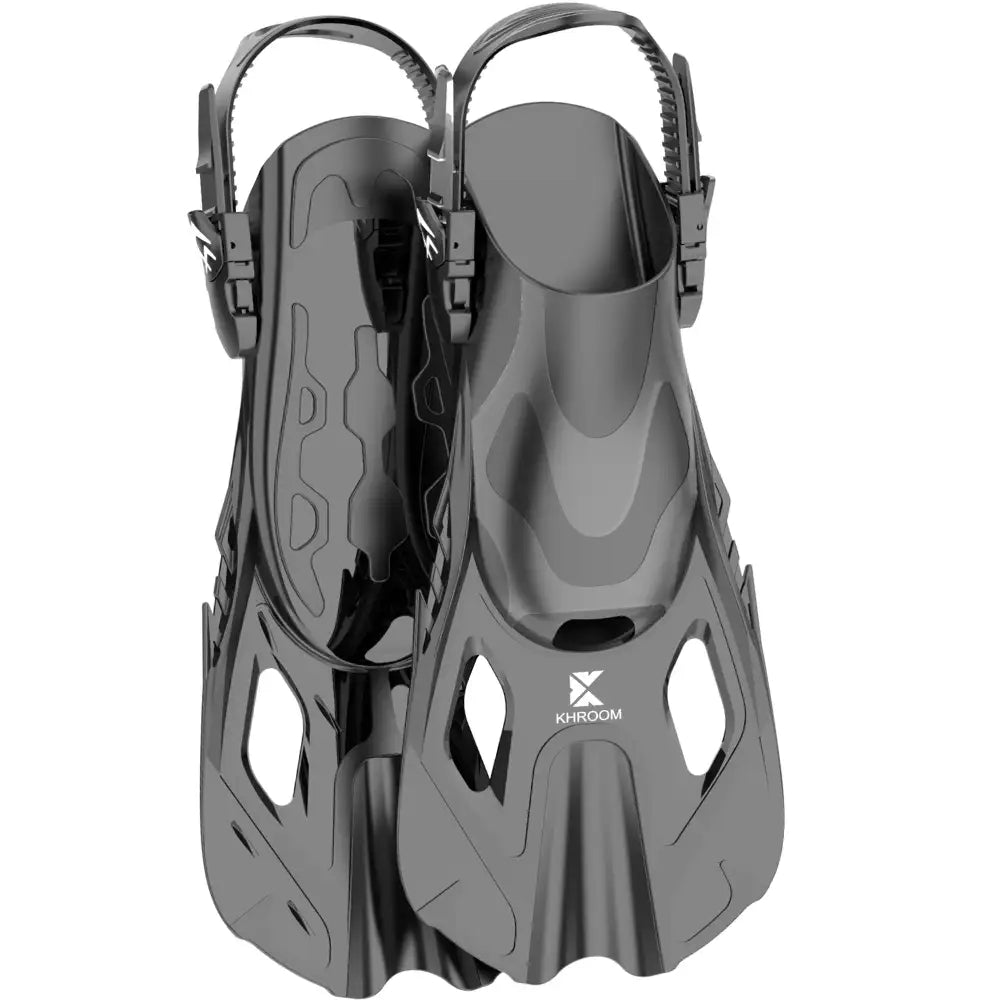


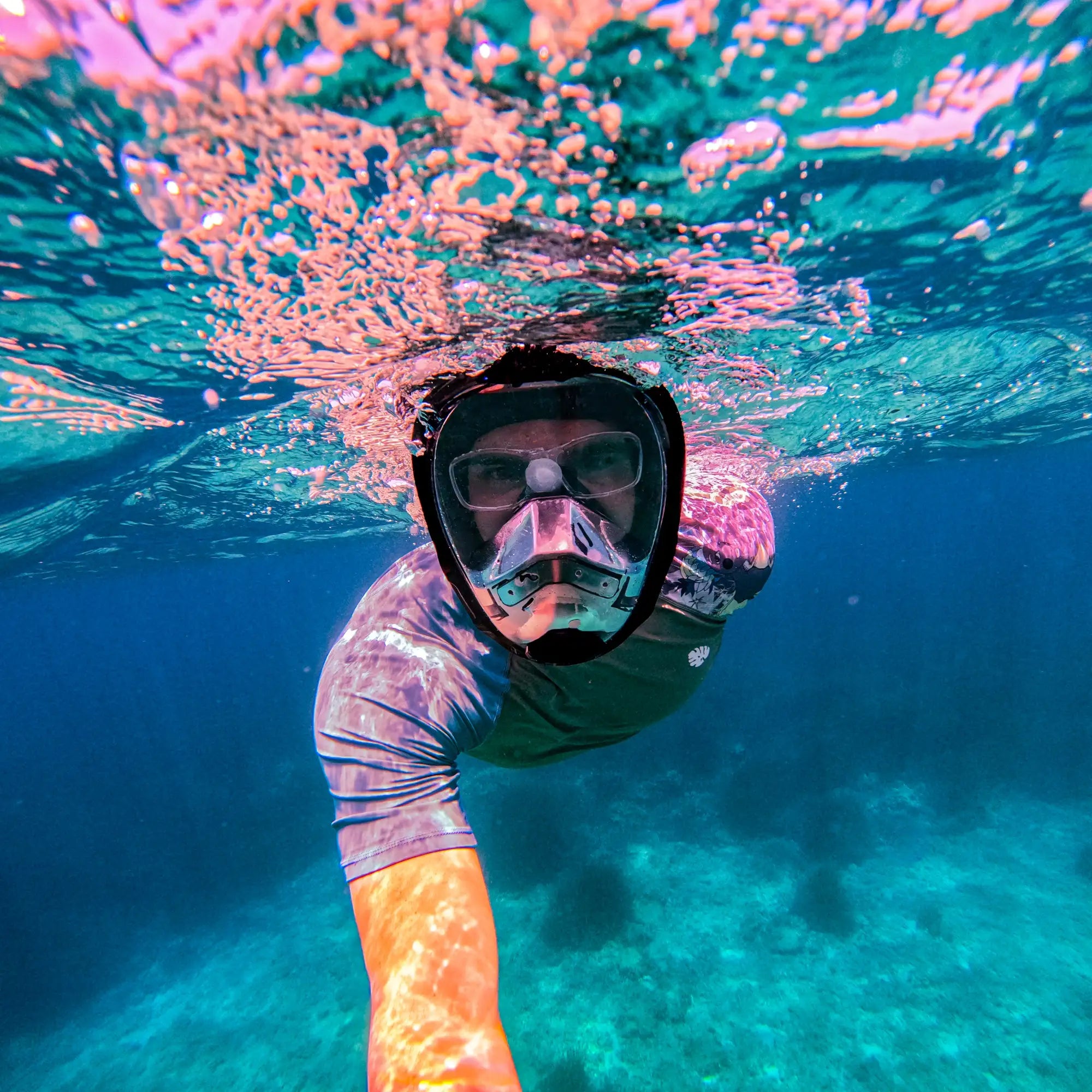


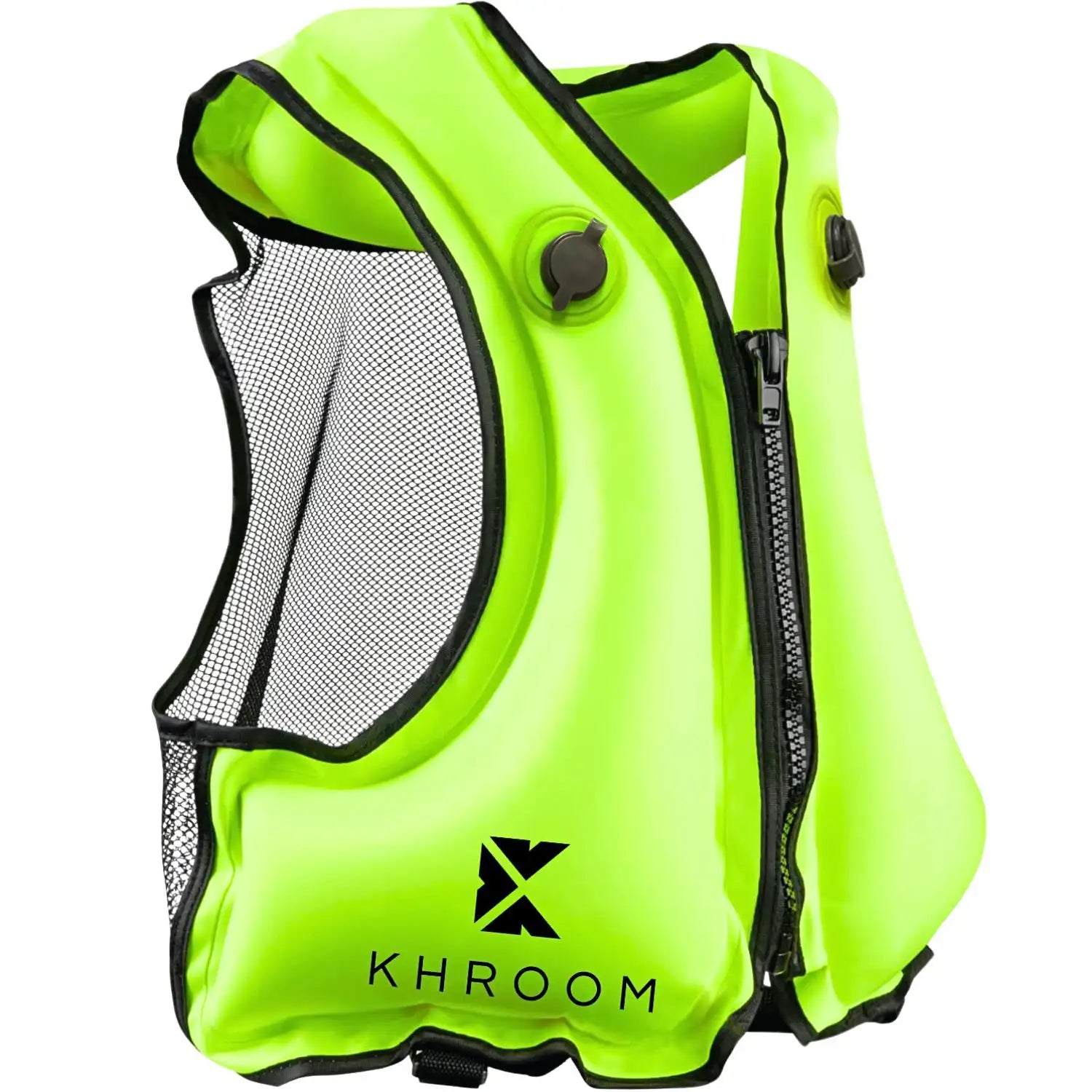

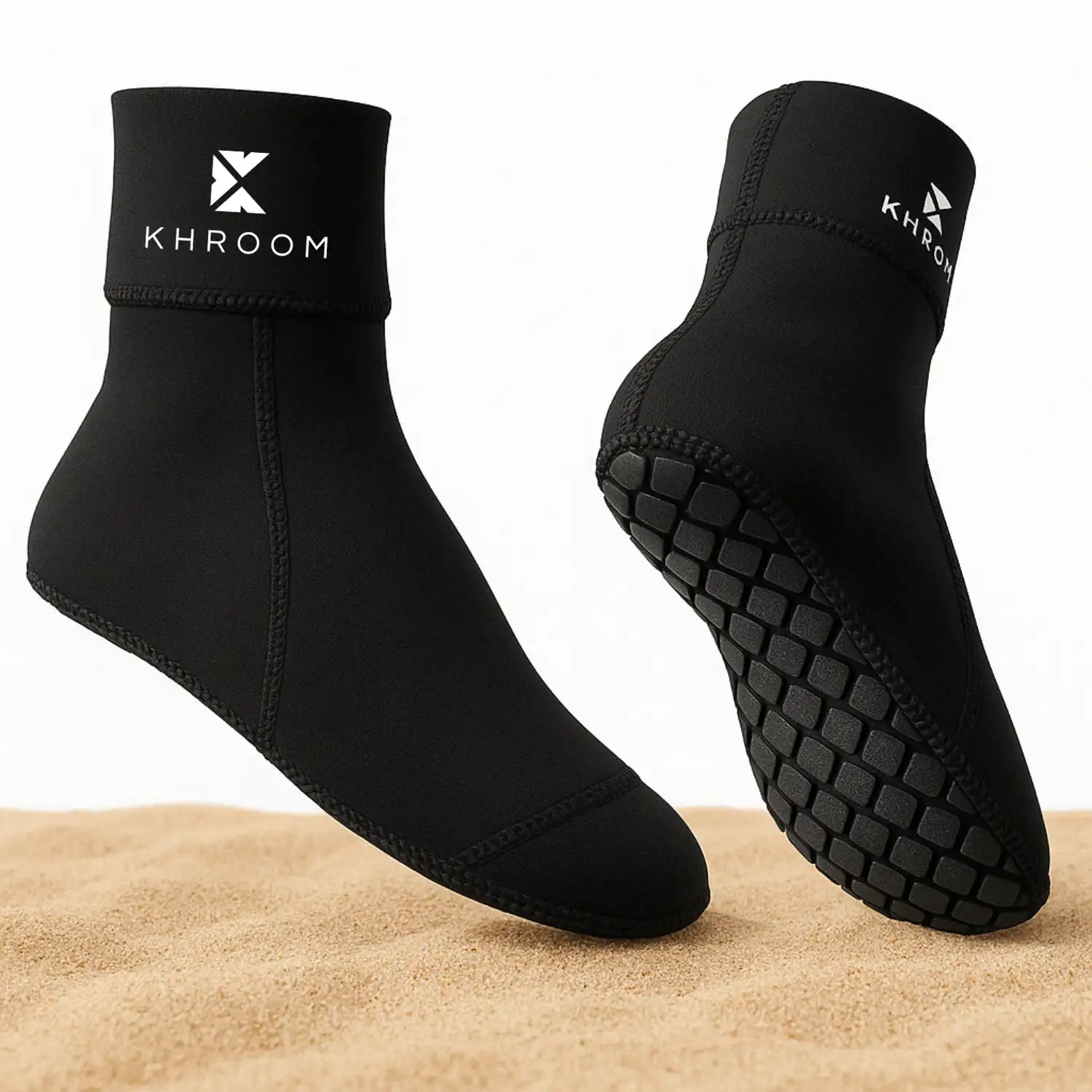

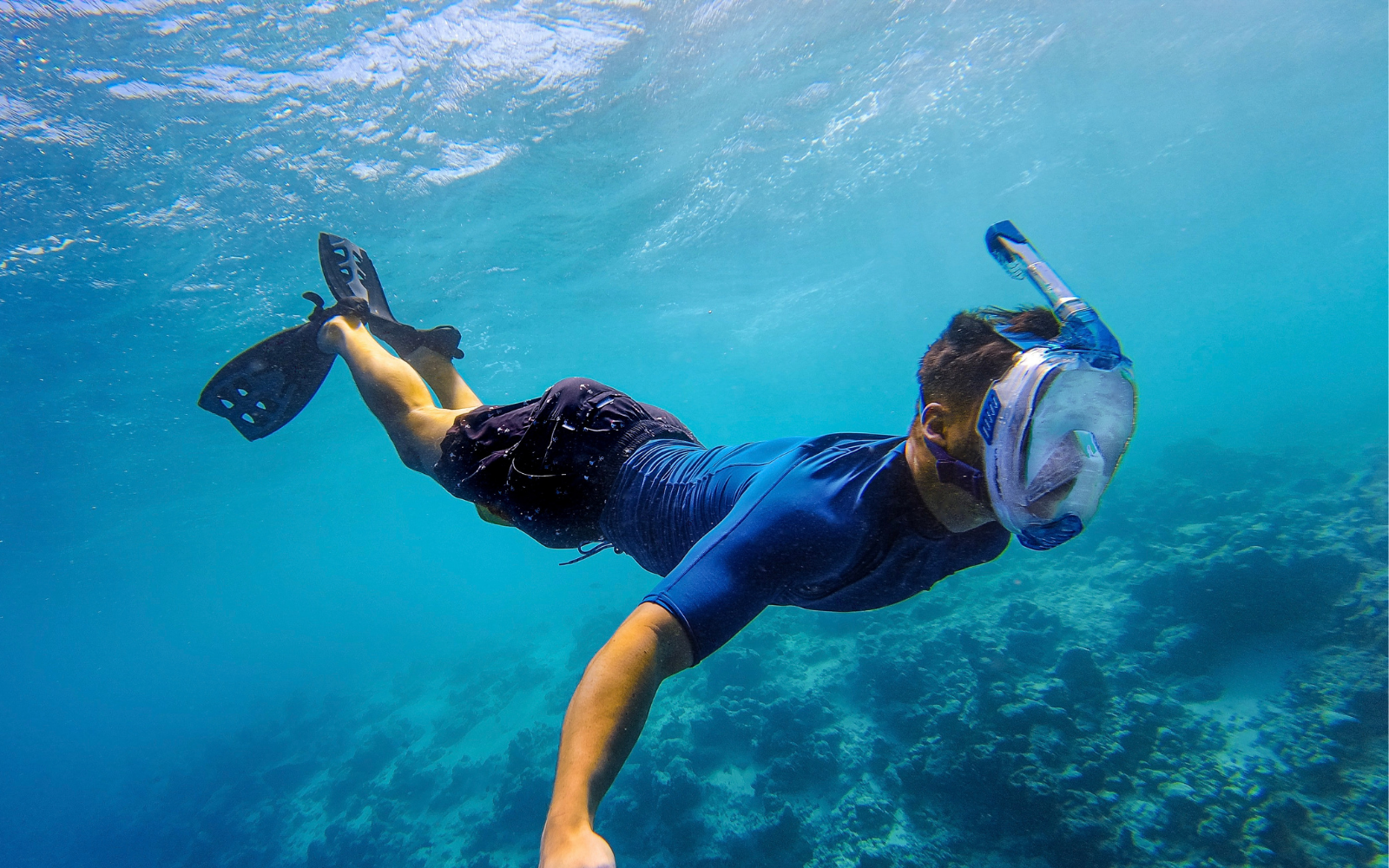
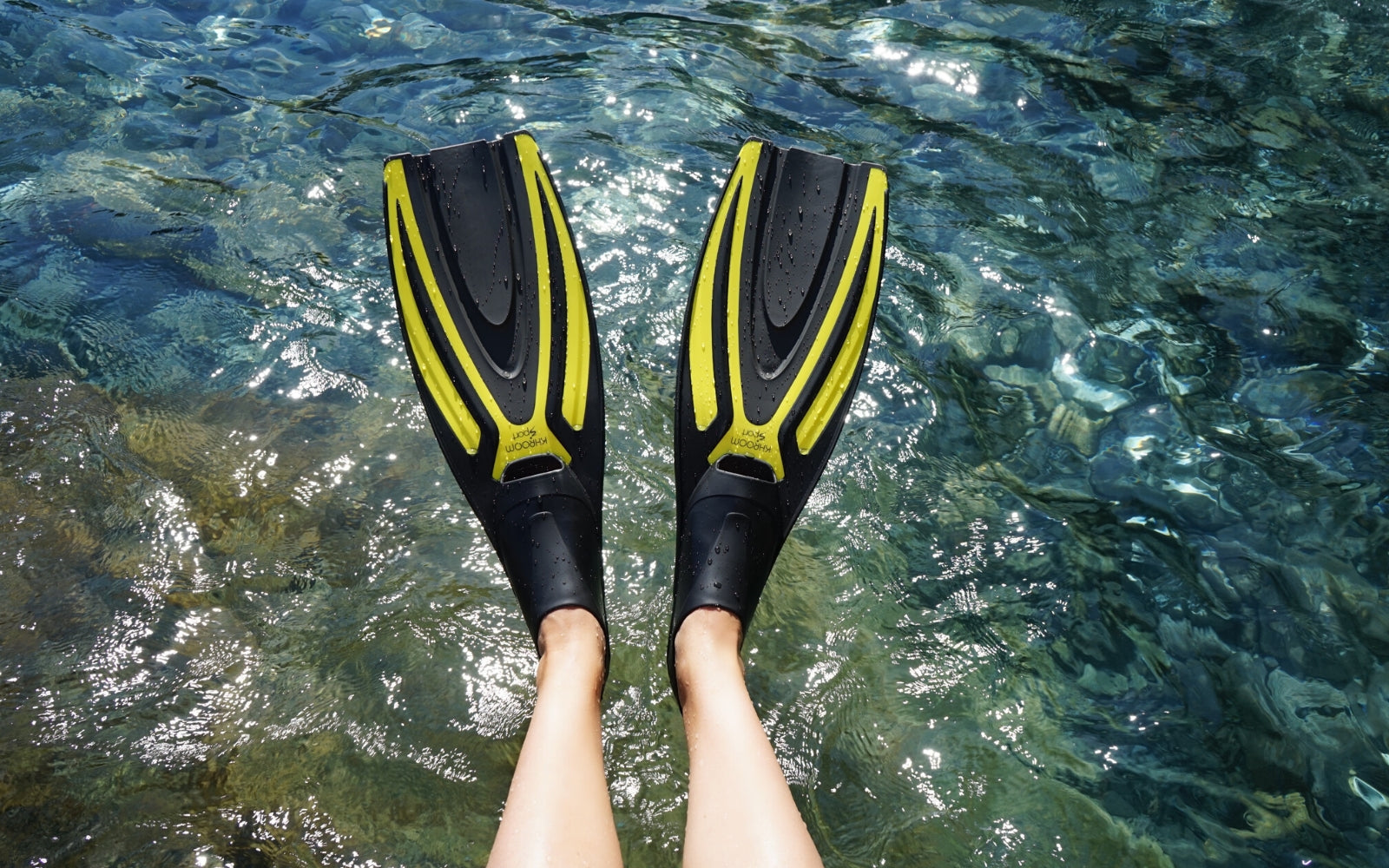
Leave a comment
This site is protected by hCaptcha and the hCaptcha Privacy Policy and Terms of Service apply.